Frost Protection - UTL Repository
Frost Protection - UTL Repository
Frost Protection - UTL Repository
You also want an ePaper? Increase the reach of your titles
YUMPU automatically turns print PDFs into web optimized ePapers that Google loves.
MECHANISMS OF ENERGY TRANSFER<br />
If the air and surface cool sufficiently, the surface temperature can fall to T d and<br />
water vapour begins to condense as liquid (i.e. dew) or to T i and water vapour<br />
begins to deposit as ice (i.e. frost). This phase change converts latent to sensible<br />
heat at the surface and partially replaces energy losses to net radiation.<br />
Consequently, when dew or frost form on the surface, the additional sensible heat<br />
supplied by conversion from latent heat reduces the rate of temperature drop.<br />
FIGURE 3.11<br />
Corresponding wet-bulb (T w ), frost-bulb (T f ), ice point (T i ) and dew-point (T d )<br />
temperatures as a function of dew-point temperature at an elevation of 250 m above<br />
mean sea level (i.e. air pressure (P b ) = 98 kPa) with an air temperature T a = 0°C.<br />
T E M P E R A T U R E ( ° C )<br />
0.0<br />
-3.0<br />
-6.0<br />
-9.0<br />
T d<br />
-12.0<br />
0.0 -3.0 -6.0 -9.0 -12.0<br />
D E W - P O I N T T E M P E R A T U R E ( ° C )<br />
Ti<br />
T w<br />
Tf<br />
A good measure of the total heat content of the air is the “equivalent” temperature<br />
(T e ), which is the temperature the air would have if all of the latent heat were<br />
converted to sensible heat. The formula to calculate T e (°C) from air temperature<br />
T a (°C), vapour pressure e (kPa) and the psychrometric constant γ (kPa °C -1 ) is:<br />
e<br />
T e = T a + °C Eq. 3.10<br />
γ<br />
Calculated T e values for a range of T a and T i are given in Table 3.1 and for a range<br />
of T a and T d in Table 3.2. Values for T d and T i depend only on the water vapour<br />
content of the air and hence the latent heat content of the air. When T d or T i is high,<br />
then T e is often considerably higher than the air temperature, which implies higher<br />
total heat content (i.e. higher enthalpy). Therefore, when T e is close to T a , the air is<br />
dry, there is less heat in the air and there is more chance of frost damage.<br />
53


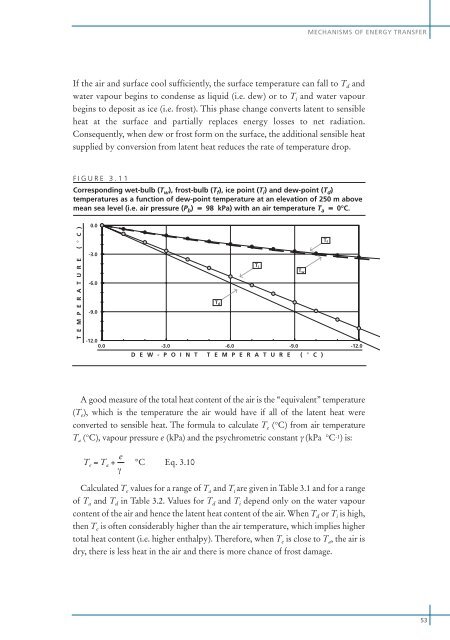
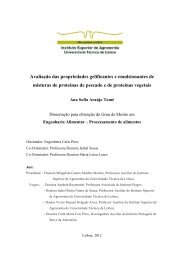
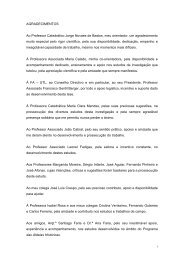
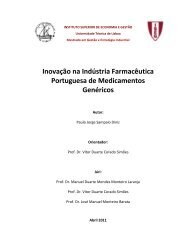
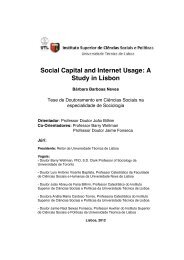
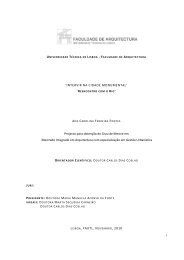
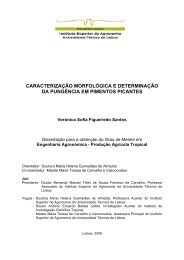

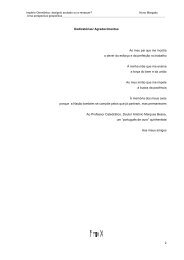
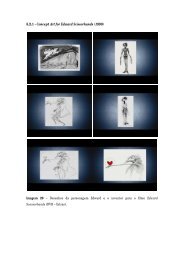
![Tese - Es..[1].pdf - UTL Repository - Universidade Técnica de Lisboa](https://img.yumpu.com/25707135/1/184x260/tese-es1pdf-utl-repository-universidade-taccnica-de-lisboa.jpg?quality=85)


